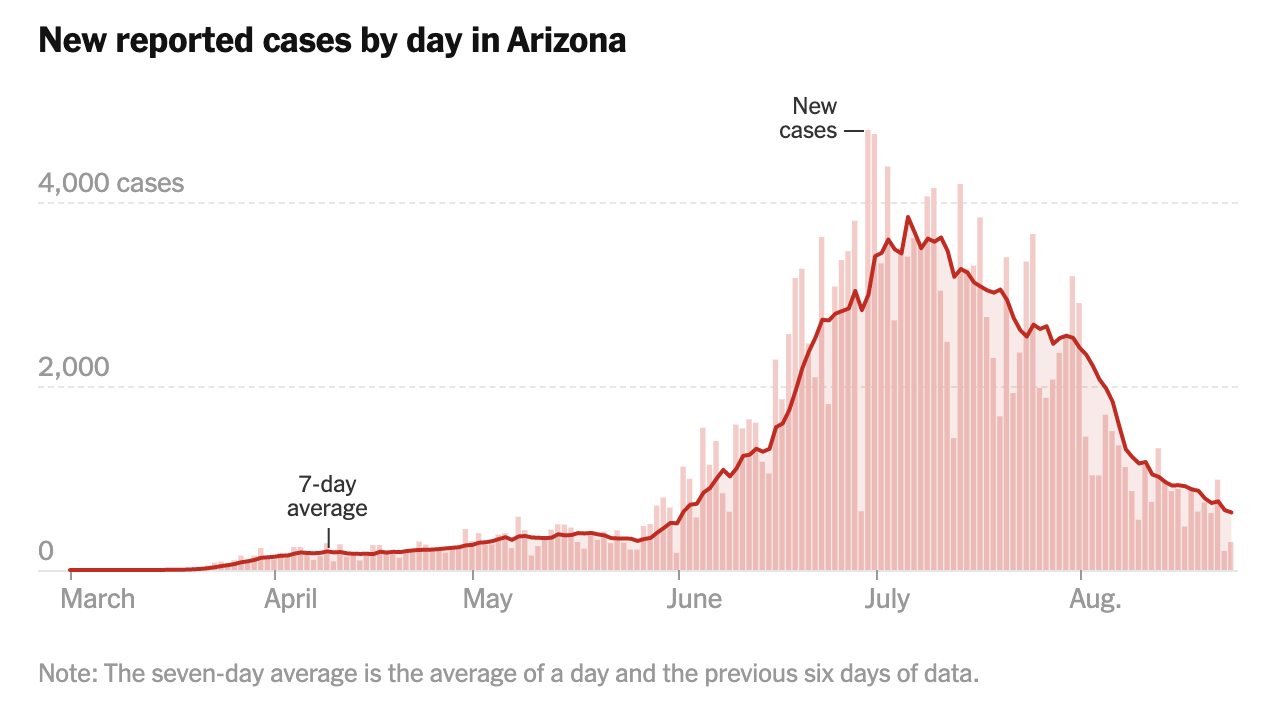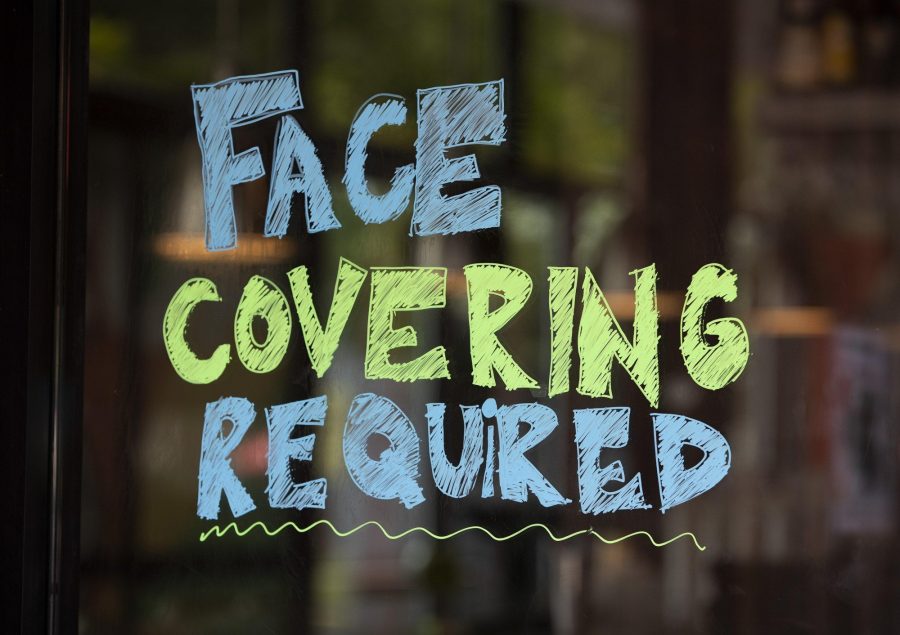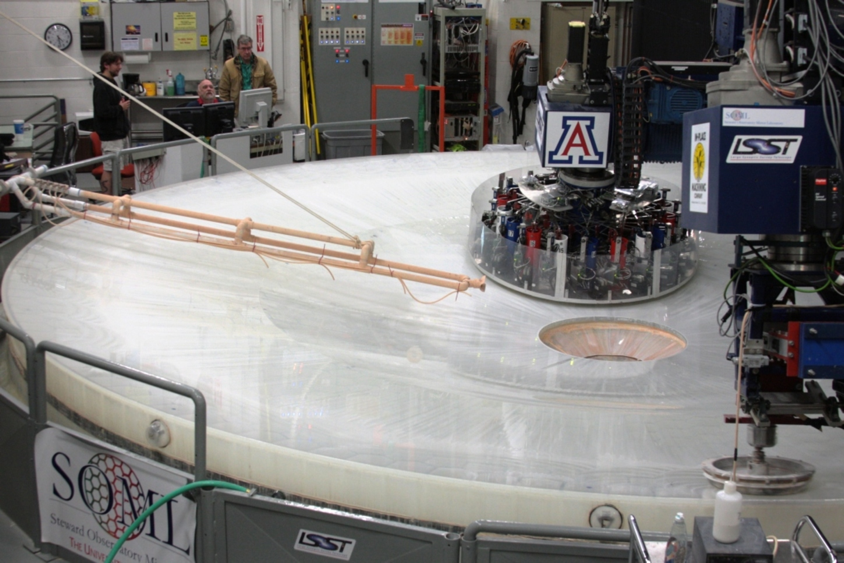On July 15, two months after Gov. Doug Ducey ended Arizona’s lockdown, the seven-day average of COVID-19 cases in Arizona was at 3,249. This week, on Aug. 24, the seven-day moving average has dropped to 630, and for the past 13 days, the state of Arizona has reported fewer than 1,000 cases. What happened?
Mask mandates, the closure of bars and nightclubs and a surface level of more widespread immunity helped Arizona turn around a nightmare-of-a-summer, according to Will Humble — the former director of the Arizona Department of Health Services and the current executive director for the Arizona Public Health Association.
After Ducey updated guidance on June 17 so that local governments were given the power to implement mask and face-covering policies after requests from mayors around the state, mayors such as Kate Gallego of Phoenix and Regina Romero of Tucson were quick to sign executive orders. After a few weeks, Arizona began to see a decline in cases and its test positive percentage statewide.
RELATED: Taking a deeper dive into the three major types of COVID-19 tests
Recently, Arizona has seen a few days with fewer than 500 cases and even some with zero reported deaths. The current test positive percentage, according to the ASU Biodesign Institute, falls around 7%.
“The metrics are so good that the bars and nightclubs within most counties will qualify for opening very soon,” Humble said. “But, there is no compliance and enforcement system currently in place to ensure that bars and nightclubs follow mitigation measures.”
In the absence of such measures, bars and nightclubs could jeopardize in-person instruction for students around the state. As preventable as it was, bars and nightclubs operated at too high of a capacity earlier in the summer, leading to a grim few months after.
Humble believes that the reopening of bars and nightclubs, without detailed public health strategies in place, could lead to the closure of schools for a while. Currently, as of Aug. 25, the vast majority of Arizona’s schools are continuing with remote instruction. However, the state’s health department has set benchmarks for when they can proceed with in-person instruction.
According to the Arizona Department of Health Services, any given county must see “a two-week decline in the number of cases OR a two-week of a case rate of less than 100 cases per 100,000 population.” For the initial opening, the county must have “two weeks of percent positivity less than 7%.” Finally, the county must have “two weeks with hospital visits due to [COVID-19-like illnesses] below 10% within the region.”
Two of Arizona’s largest counties — Maricopa and Pima — do not meet the percent positivity benchmark as of Aug. 20. However, certain counties like Apache and Yavapai both meet all three metrics to start proceeding with in-person instruction.
“I’m not as concerned with the schools amplifying the virus as I am the bars and the nightclubs, especially if they don’t get a compliance system in place,” Humble said. “If they don’t put in place some compliance enforcement for the bars and nightclubs, the people that will suffer the most are the parents of kids in the K-12 system and the kids in the K-12 system, because the metrics are going to start going bad and they’re going to have to give up on in-person instruction.”
Humble believes that bars and nightclubs can cut way back on occupancy. For example, set a 25% capacity limit or switch to table service for nightclubs. Similar to a restaurant, implementing table service only would mean less wandering, decreasing the potential of the virus spreading inside.
RELATED: Childhood vaccination rates drop to alarmingly low rates amidst global pandemic
All around the world, vaccines are being worked on so that countries can artificially create herd immunity, the idea that when enough people in a given community have immunity to a given virus — whether it be influenza, measles or the coronavirus, for example — then the rest of the population becomes a lot less susceptible to becoming infected.
As a consequence of herd immunity, the herd effect is the decrease in infection rate in the part of the community that is not immune to the virus.
Current positive serology test rates fall somewhere in the range of 11-15% across Arizona, according to the Arizona Department of Health Services. Although somewhat biased because the people who decide to get tested have usually been exposed, these tests indicate that a relatively large number of people were infected after a dreadful past few months.
“The people who go get the serology test believe they have been exposed to the illness, … so it’s a biased sample. But, there’s a lot of people who don’t go and get the test, too,” Humble said. “We did such a bad job in June and July that so many people got infected and that we are benefiting from some level of herd immunity.”

The more widespread usage of masks, closure of bars and nightclubs and some level of immunity across the state has helped the state of Arizona turn itself around. With about 200,000 total infections and 4,800 deaths, Arizona saw the aftermath of failing to implement proper public health guidance right out of the gate.
“If you take your eye off the ball, we’re going to be back to square one,” Humble said.
RELATED: FDA announces emergency use authorization of convalescent plasma therapy
However, given the current trends, the state could be on the right track to bringing students back to in-person instruction and a long-desired sense of normalcy that hasn’t been felt since the very early parts of 2020.
“We have a path forward in Arizona, and we’re going to keep pressing,” Ducey said in a meeting with President Donald Trump.
Follow Amit Syal on Twitter









